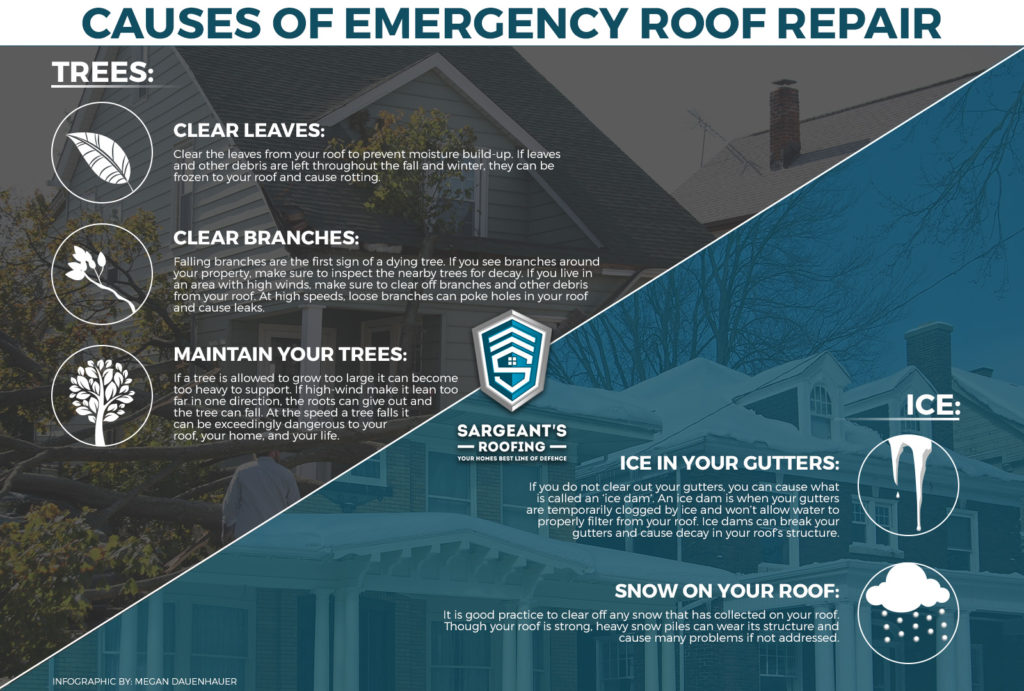Common Pitfalls In Roofing System Setup And Ways To Avoid Them
Common Pitfalls In Roofing System Setup And Ways To Avoid Them
Blog Article
Web Content By-Bossen Lomholt
When you're intending a roof covering installment, it's simple to neglect vital information that can result in significant troubles down the line. You may be tempted to reduce edges on product choice or miss proper blinking installation, yet these usual blunders can cause costly fixings later on. Understanding the significance of air flow and adhering to regional building regulations is essential for an effective task. So, what are the crucial actions you should take to guarantee your roofing system stands the test of time? Allow's discover some reliable approaches to avoid these risks.
Poor Material Choice
When it involves roof covering installment, choosing the wrong products can bring about costly problems down the line. You might think that any roof material will do, yet that's a common mistaken belief. It's critical to select materials that fit your local climate and the details requirements of your home.
As an example, if you live in a location with heavy rain or snow, choosing asphalt roof shingles might not be the most effective choice. Rather, think about more sturdy alternatives like metal or slate.
Furthermore, take note of the top quality of the products you're considering. Affordable products could conserve you cash upfront, but they frequently lack durability and can result in constant repair work or replacements.
You need to also think about the design of your home and make certain the materials you choose will certainly maintain its visual appeal.
Lastly, do not fail to remember to talk to professionals. They can supply valuable understandings and advise products that comply with local building ordinance.
Investing time in correct product choice currently can aid you prevent headaches and expenses in the future, making your roof covering task a success.
Inadequate Flashing Installment
Selecting the right materials isn't the only aspect that can result in roofing issues; inadequate flashing setup can also create substantial problems. Flashing is essential for routing water away from prone locations, such as chimneys, skylights, and roof valleys. If it's not mounted properly, you risk water intrusion, which can bring about mold and mildew development and structural damage.
When you mount flashing, ensure it's the best kind for your roof's layout and the neighborhood environment. As an example, steel flashing is typically a lot more durable than plastic in areas with heavy rain or snow. See to moved here blinking overlaps suitably and is protected securely to avoid gaps where water can leak via.
You should also take note of the setup angle. Flashing must be positioned to guide water away from the house, not towards it.
If you're unclear about the installation process or the materials needed, seek advice from an expert. They can assist determine the very best flashing alternatives and guarantee every little thing is set up correctly, securing your home from possible water damages.
Taking https://www.lohud.com/story/money/real-estate/homes/2014/08/01/ask-angie-roof-tips/13463745/ can save you time, cash, and frustrations in the future.
Neglecting Ventilation Demands
While many property owners focus on the aesthetic and structural aspects of roofing installment, ignoring air flow needs can cause serious lasting consequences. https://eduardotoicw.blogdanica.com/33181791/what-components-affect-the-expense-of-roofing-and-exactly-how-can-property-owners-make-enlightened-options-to-boost-their-investment-discover-the-crucial-info-you-need is crucial for controling temperature and dampness levels in your attic room, preventing problems like mold and mildew development, timber rot, and ice dams. If you do not mount ample air flow, you're establishing your roofing system up for failure.
To avoid this mistake, initially, analyze your home's specific air flow needs. A well balanced system normally includes both consumption and exhaust vents to promote air flow. Ensure you've set up soffit vents along the eaves and ridge vents at the height of your roofing. This combination allows hot air to run away while cooler air gets in, maintaining your attic area comfy.
Also, take into consideration the kind of roofing material you have actually chosen. Some products may call for extra air flow approaches. Double-check your regional building codes for air flow standards, as they can differ dramatically.
Ultimately, don't fail to remember to examine your ventilation system frequently. Blockages from particles or insulation can hinder airflow, so maintain those vents clear.
Final thought
Finally, preventing typical roofing installment mistakes is vital to ensuring your roof covering's long life and effectiveness. By selecting the appropriate products for your environment, mounting flashing effectively, and dealing with ventilation demands, you can protect against expensive issues later on. Don't forget to familiarize yourself with regional building codes and timetable regular inspections. With these steps, you'll appreciate a safe, resilient roof covering that protects your home for several years to find. Happy roofing!
